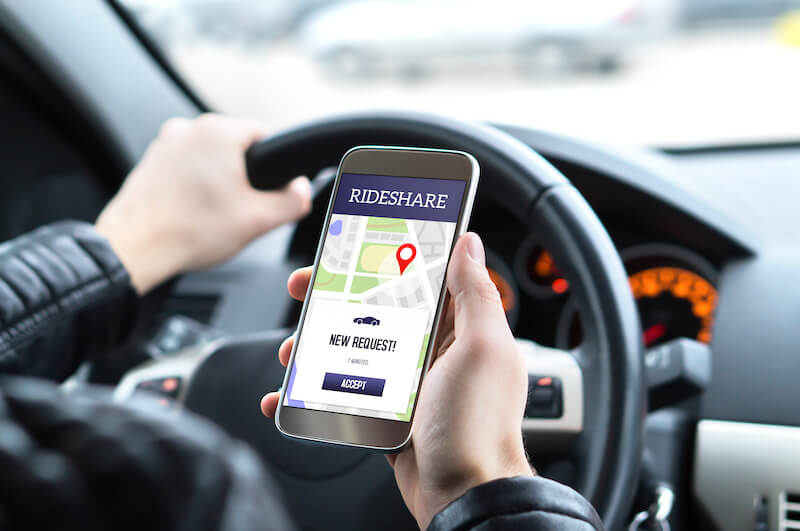Today, there’s no need to depend on public transportation or expensive cab rides. Instead, you can get on your phone, and get a rideshare like Uber or Lyft. These companies basically connect drivers and passengers for transportation. As these apps become even more popular, safety concerns are top of mind. But, typically the focus is on the passenger or rider, not the rideshare driver.
Use eTags© to Quickly Complete Your DMV Service. Renewals, Title Transfers and More, All Online!
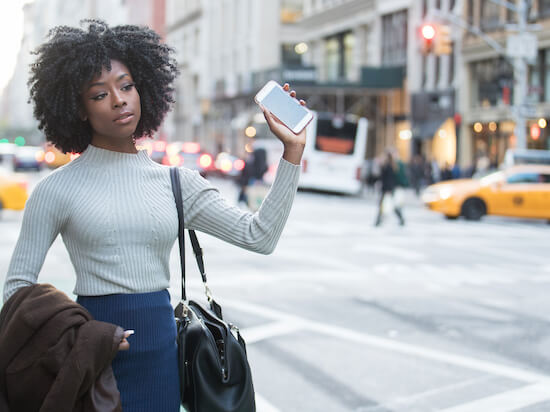
When it comes to rideshare driving safety, the focus is more on the passenger not the driver
For example, Uber’s safety report in 2019 reported 58 fatalities, over 3,000 sexual assaults, and 9 fatal physical assaults out of 1.3 billion rides in the U.S. in 2018. Since the focus is more on the passenger, multiple safety programs are adopted. Lyft added 15 new safety features in 2019. Uber now has a pin verification system so riders can make sur they’re getting in the car they “hailed.”
Uber and Lyft ridesharing apps
About 93 million people use the Uber platform (actively). The ridesharing services company has 3.5 million drivers. They offer 1.44 billion rides every three months, with across 10,000 cities across 71 countries.
Launched three years after Uber, Lyft was originally a long-distance car-pooling business. In the last three months of the 2020 pandemic, 12.5 million people rode with Lyft: 45% less riders than same time in 2019. By mid-2021, Lyft increased its user to 17.1 million. Lyft operates in 644 U.S. and 12 Canadian cities or towns, and has over 2 million drivers.
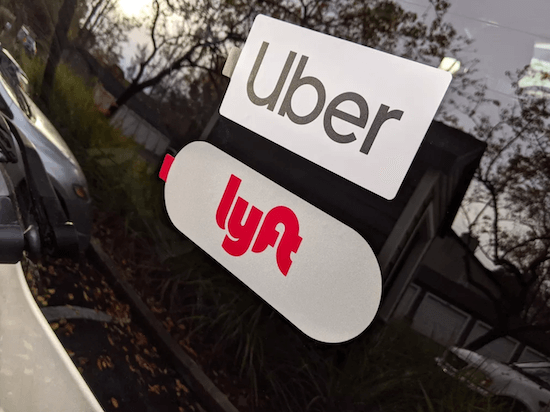
Driving safety for rideshare drivers
Car maintenance is a must for your safety
As an Uber or Lyft driver, you use your private vehicle to shuttle passengers around. You probably rack up a lot more mileage faster than those who don’t offer rideshare services. So it’s important to regularly maintain the performance of your vehicle. Regular oil changes, wheel alignments, and such. The last thing you want is for the car to break down as you’re driving a passenger to their destination. Take care of your vehicle so it can take care of you.
Maintenance for your rideshare vehicle is a tax deductible item so keep your receipts
Time and place make a difference
If you have the option to choose your rideshare driving schedule, drive during the safest time of day. When there’s enough light for good visibility, and you’re less likely to run into other drivers who may be impaired or even a passenger that’s had one too many drinks. From 9PM to 5AM is typically the least safe time to drive.
In the U.S., 30 people die because of drunk driving crashes every day — That’s one person every 48 minutes. (NHTSA, 2018)
Drivers on the road are more fatigued toward nighttime, especially truck drivers and night owls retuning from outings. In fact, according to the NHTSA, almost 50% of all fatal accidents happen at night. The rate of fatal accidents per miles driven is three times as high at night as during the daylight hours.
SEE ALSO: RIDESHARE DRIVERS, RENEW YOUR REGISTRATION ONLINE
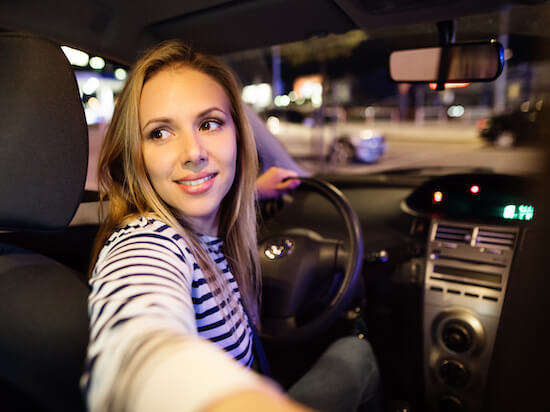
What part of town are you driving in? Make sure you feel safe in neighborhoods you frequent as a rideshare driver. You can stay within a radius from home or decide to avoid areas with certain characteristics like poorly lit, or too crowded. Some Uber and Lyft drivers don’t pick up passengers at local hotspots with tons of bars or tourist destinations. You can also do some research on crime rates in specific areas you’d like to cover on your route. Drive where you feel comfortable!
Use a phone mount
Using a phone mount for your smartphone is a great idea to help you keep your eyes on the road. There’s no risk of scrolling for social media or answering a text. The phone mount allows you to always keep your hands on the wheel.
Make sure you know texting and driving laws in your state: Police in Idaho and Rhode Island can issue tickets for as much as $85 for texting while driving
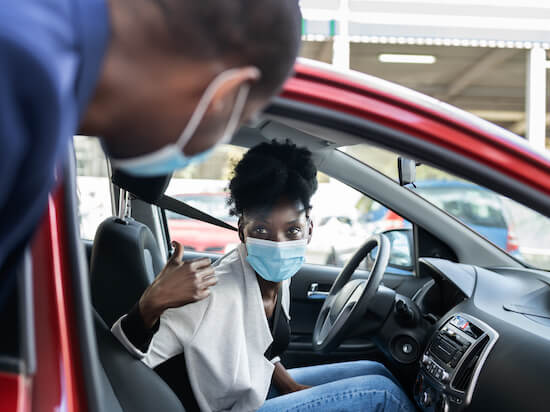
Let friends know your plan
Whether you drive for Uber or Lyft full-time or it’s just a side hustle, let a friend or family member about it. A quick text that says you’ll be driving around for the next few hours can let loved ones know your whereabouts. Lyft allows you to share your location in real time so friends can track your routes.
